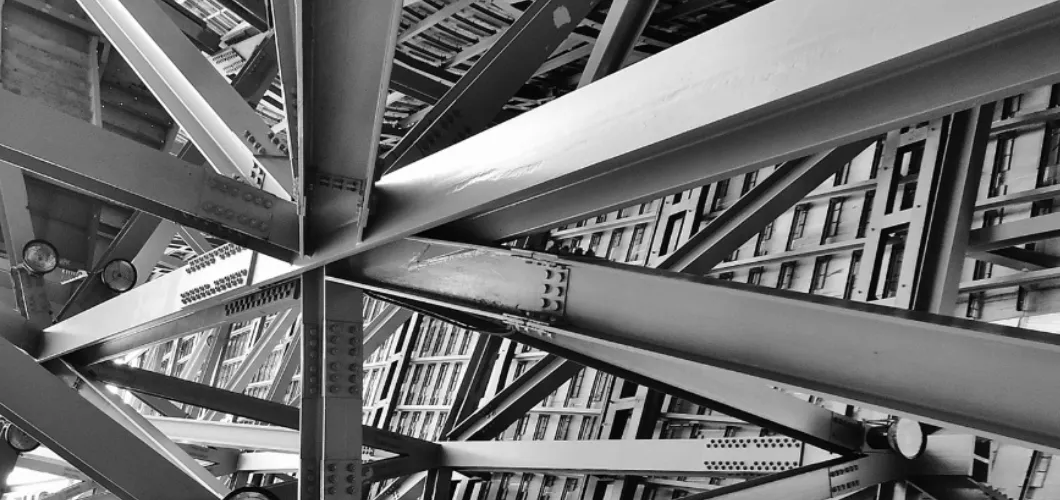
Why is Clash Detection Important? A Business-First Perspective
In the construction and design world, “clash detection” often sounds like something full of complicated software, tech talk, and 3D models. While these things are part of it, the real value of clash detection goes far beyond just the tech side. At its core, clash detection is a business-first solution that helps architects, contractors, and project managers tackle big challenges. It’s not just about preventing mistakes in the design; it’s about cutting down on risks, making work more efficient, and ultimately helping projects turn a better profit—factors that keep businesses strong and successful in today’s digital world.
In this article, we’ll look at why clash detection is essential for the construction industry, but from a business angle. We’ll explore how it affects project outcomes, saves money, and improves overall business performance. By the end, you’ll see that clash detection isn’t just a tool to improve how projects are delivered—it’s a strategic business enabler.
The Business Problem: Why Clash Detection Matters
Before we get into clash detection, let’s look at the business problems it solves. In construction, delays, mistakes, and rework aren’t just project issues—they’re risks to the business. Every mistake, delay and miscommunication eats into profits, harms reputations, and messes with cash flow.
Here’s how it plays out:
- Missing deadlines means penalties, unhappy clients and lost income.
- Fixing design errors adds extra costs for labor and materials.
- Poor team coordination wastes time, resources and chances to get ahead.
These aren’t just small issues— they’re business challenges that can be a problem to a company. This is where clash detection comes in. Clash detection helps by catching problems early, preventing costly mistakes and keeping projects on track for better profits.
Clash Detection: A Tool for Risk-Free Projects

At its core, clash detection is about reducing risk. It helps find design problems before they turn into issues on-site. But think of it like this: clash detection isn’t just about stopping clashes—it’s about protecting your business from the risks they create.
1. Reducing Cost Overruns
A significant financial risk in construction is going over budget. This happens when unexpected problems arise during construction, leading to extra costs. Clash detection helps avoid this by finding problems early in the design phase so teams can fix them before construction begins.
For example, imagine a plumbing pipe crossing an electrical conduit in the design model. Without clash detection, this wouldn’t show up until construction, causing expensive rework, delays, and extra labor. Catching it and resolving it early helps businesses save money, keep projects on track, and protect their profit margins.
2. Minimizing Rework and Waste
Rework is a huge drain on profits in the construction industry. It not only adds extra costs but also eats up valuable time and resources. Clash detection helps reduce rework by making sure designs are correct and free of clashes before construction starts.
Rework can really affect a project’s timeline: every day spent fixing mistakes is a day lost. This delay can push back deadlines, increase labor costs and harm client relationships. By using clash detection to catch mistakes early, businesses can reduce rework, streamline workflows and keep projects on track saving time and money.
Rework is a big drain on profits in construction. It not only raises costs but also wastes time and resources. Clash detection helps reduce rework by ensuring designs are correct and free of issues before construction starts.
3. Improving Coordination and Communication
Poor coordination between teams causes inefficiency in construction projects. When architects, engineers, and contractors work separately, mistakes and miscommunication happen. Clash detection helps by giving everyone a shared space where all teams can spot and fix problems together.
Better coordination reduces clashes and helps the project move smoothly. Teams can collaborate, avoid confusion, and focus on the goals. The result? Fewer delays, fewer mistakes, and a more profitable project.
Clash Detection and Business Stability: The Bigger Picture

While the immediate benefits of clash detection—lower costs, less rework and better coordination—are clear, its impact goes beyond just one project. Clash detection is a smart tool that helps a business stay stable and grow over time, improving cash flow.
1. Enhancing Cash Flow
Cash flow is crucial for any business, especially in construction. Delays and cost overruns can hurt cash flow. If projects go over budget or take too long, the business suffers. Clash detection helps keep projects on track, and within budget, and protects cash flow.
By avoiding costly mistakes and delays, clash detection helps businesses keep cash flow steady. This lets them invest in new opportunities and manage financial challenges. Having stable finances is key for long-term success in construction.
2. Building a Reputation for Reliability
In the construction industry reputation matters. Clients want to work with companies that finish projects on time within budget and to high standards. Clash detection helps businesses build this reputation by making sure projects run smoothly and efficiently.
When clients see a company delivers high-quality projects on time and within their budget they are more likely to trust that company with future work. This trust leads to repeat business referrals and a stronger market position which helps long-term success.
3. Future-Proofing Your Business
The construction industry is changing fast with new technologies standards and client demands shaping its future. Companies that don’t adapt risk falling behind. Clash detection is a future-proofing tool that helps businesses stay competitive in this changing market.
By using clash detection companies show they care about innovation, efficiency and quality. This attracts clients and positions the business as a leader in the industry. In today’s world where Digital Business Stability is important clash detection is key for a future-ready strategy.
Clash Detection: A Business-First Approach
At its core, clash detection is not just about technology—it’s about business results. Clash detection helps construction firms lower risks, boost efficiency, and raise profits. It makes sure projects are completed on time, within budget, and to high standards. It also helps build a stronger, more stable and more profitable business.
When we think of clash detection this way, it’s clear it’s not just a technical tool. It’s a key part of business success. It helps firms protect profits, improve their reputation, and stay competitive in a tough industry.
Future-Proof Your Construction Projects with DDC Solutions
Clash detection isn’t only about fixing problems. It’s about protecting your profits and keeping things running smoothly. By using clash detection early, you reduce issues, work more efficiently, and increase your profits. This helps your business grow and stay competitive in the long run.
DDC Solutions offers expert help to construction firms, helping them tackle coordination issues and deliver high-quality, risk-free projects.
Book your free consultation today to learn how our clash detection services can transform your business operations and set your projects up for success.

